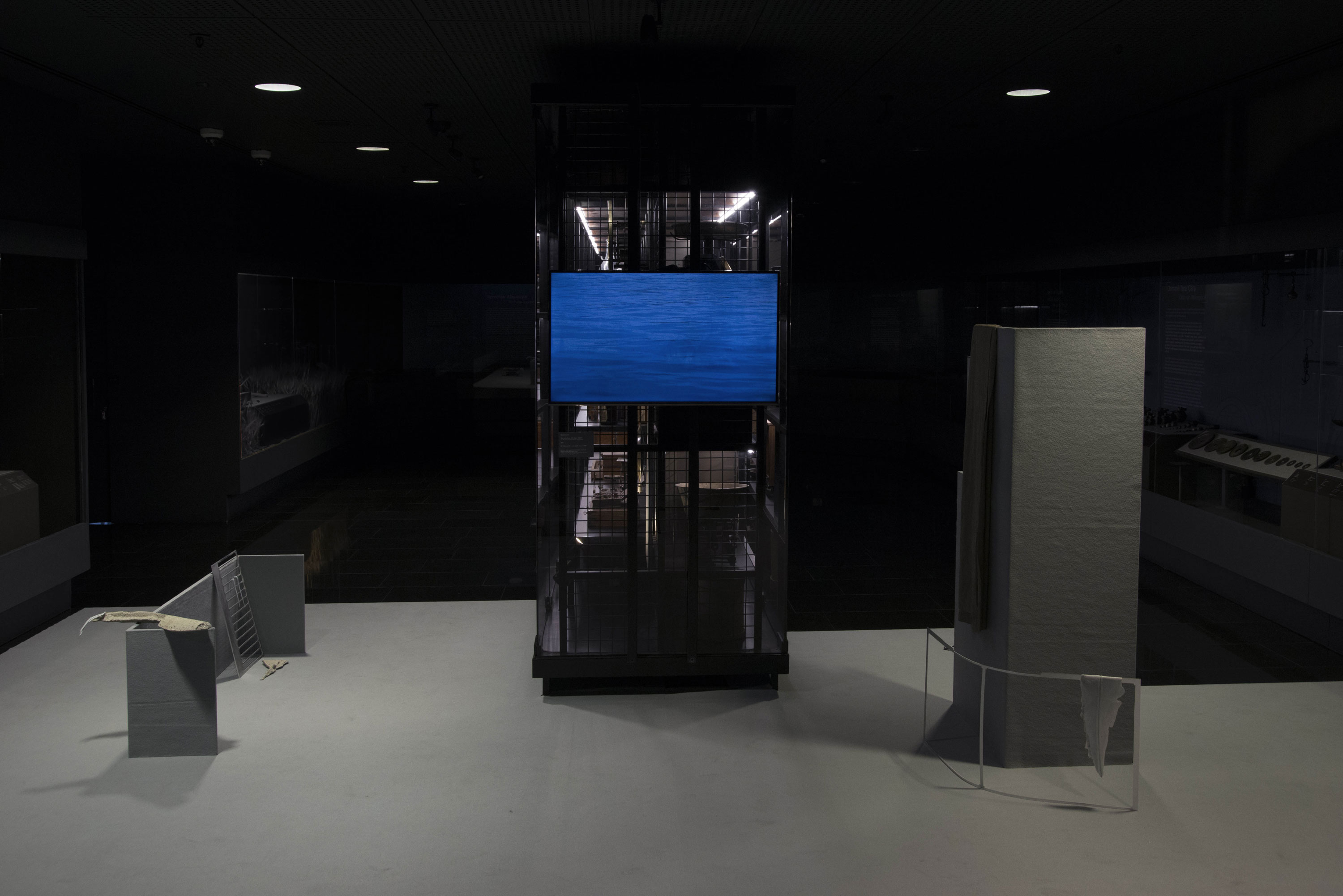Director: Nadine Labaki
Cast: Claude Baz Moussawbaa, Leyla Hakim, Nadine Labaki
France, Lebanon, Egypt, Italy , 110’, 2011, color
Arabic, Russian, English with Turkish subtitles
In an isolated Lebanese village, the mosque and the church stand side by side--but religious tension threatens to boil over, particularly as a series of pranks escalates into ever-increasing hostility. The women of the village, both Christian and Muslim, concoct improbable schemes to defuse the tension, including hiring a troupe of Ukrainian belly dancers. Where Do We Go Now? veers back and forth between wrenching drama and cheerful comedy but somehow maintains a balance. Director-actress Nadine Labaki leads her mostly nonprofessional cast with heart and fervor. This commitment allows the movie to juggle the broad comedy of the mayor's wife pretending to channel the Virgin Mary and the grief of a mother losing her son to a random bullet. In a particularly poetic moment, the belly dancers take a tour around the town and discover that the cemetery is segregated into Christian and Muslim plots; even in death, the town is divided.
Trailer

Inspired by its Anatolian Weights and Measures Collection, Pera Museum presents a contemporary video installation titled For All the Time, for All the Sad Stones at the gallery that hosts the Collection. The installation by the artist Nicola Lorini takes its starting point from recent events, in particular the calculation of the hypothetical mass of the Internet and the weight lost by the model of the kilogram and its consequent redefinition, and traces a non-linear voyage through the Collection.
Tuesday - Saturday 10:00 - 19:00
Friday 10:00 - 22:00
Sunday 12:00 - 18:00
The museum is closed on Mondays.
On Wednesdays, the students can
visit the museum free of admission.
Full ticket: 300 TL
Discounted: 150 TL
Groups: 200 TL (minimum 10 people)